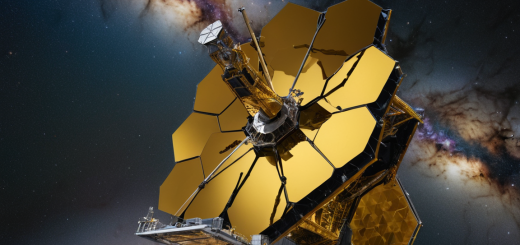Exploring ‘Aye, and Gomorrah’: A Journey Through Identity and Sci-Fi Literature
Uncovering the Depths of ‘Aye, and Gomorrah’
Science fiction has long been a mirror reflecting society’s complexities, a lens through which we can explore the myriad facets of identity and humanity. ‘Aye, and Gomorrah’—a short story by Samuel R. Delany—stands as a testament to the genre’s power to challenge perceptions and embrace the other. In this post, we delve into the significance of this influential work and its continued relevance in contemporary discourse.

Background: The Genesis of ‘Aye, and Gomorrah’
The late 1960s saw a burgeoning of science fiction that tackled issues such as race, gender, and sexuality with newfound sensitivity and depth. Delany, as an African American gay man, brought a distinct voice to the genre, blending personal insight with imaginative storytelling. ‘Aye, and Gomorrah,’ first published in 1967, emerged against this backdrop, offering a tale that intertwines space travel with social commentary.
Current Relevance: Identity in Space and Society
While set in an imagined future where ‘Spacers’—engineered for space travel—are a distinct social group, the story’s themes resonate with today’s conversations around identity and alterity. It holds a mirror to our own world, challenging readers to consider the nature of desire, exclusion, and otherness in a society that continually redraws the boundaries of normalcy.

Expert Opinions: Literary Critics Weigh In
Literary scholars have hailed ‘Aye, and Gomorrah’ as a seminal work, notable for its nuanced treatment of complex themes. Critics argue that it presages many issues now central to the science fiction genre and beyond, such as the fluidity of gender and the politics of embodiment.
Real-World Impact: From Fiction to Reality
The notion of Spacers—a marginalized group admired and fetishized—echoes in today’s dynamics of celebrity culture and social media. Delany’s vision compels us to examine how society venerates yet ostracizes those who deviate from norms. Moreover, it prompts us to reflect on our attitudes toward astronauts and space exploration as metaphors for human aspiration and isolation.
Future Outlook: Science Fiction as a Social Compass
As we gaze into the future, the enduring power of ‘Aye, and Gomorrah’ reminds us of the genre’s role as a guidepost for societal evolution. It encourages writers and readers alike to speculate not only on the future of technology but also the ever-evolving landscape of social relationships and identities.

Interactive Elements: Share Your Thoughts
How have stories like ‘Aye, and Gomorrah’ impacted your view of society and identity? Let’s continue the conversation. Share your thoughts and experiences in the comments below, and join us in exploring how science fiction shapes our understanding of the world.






